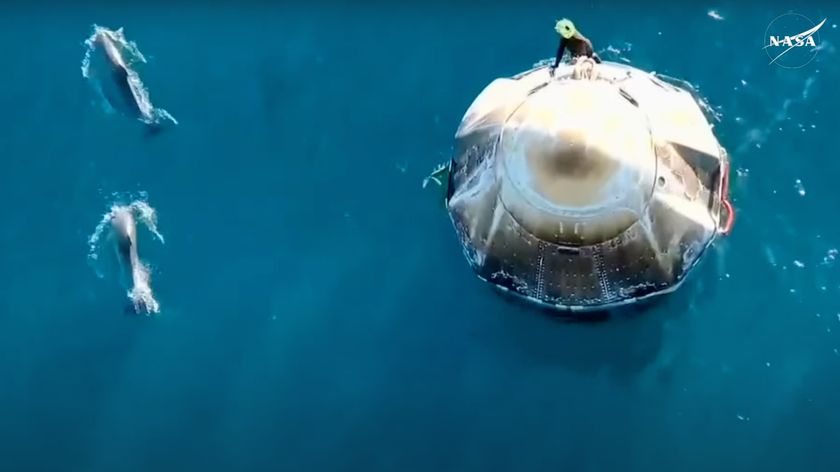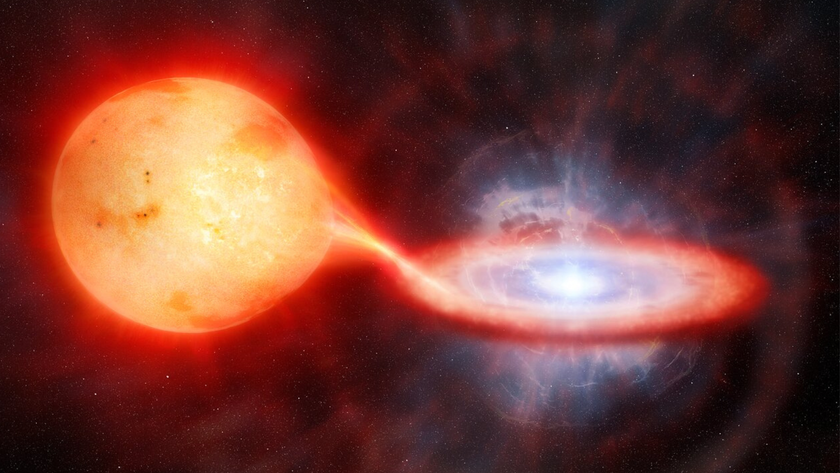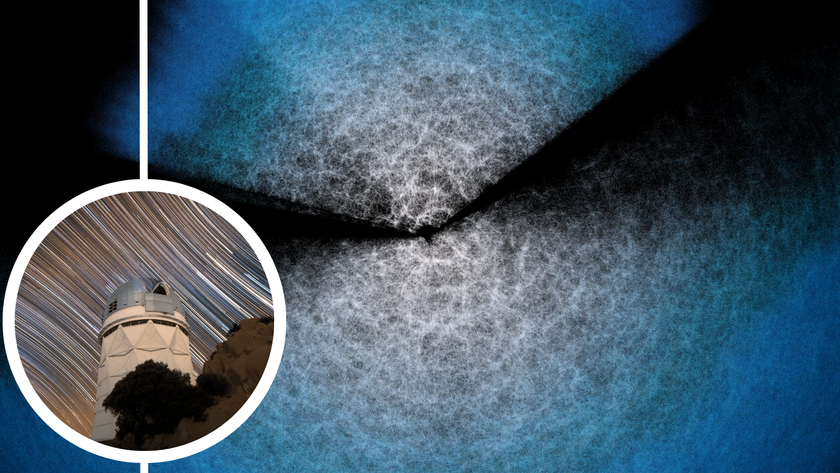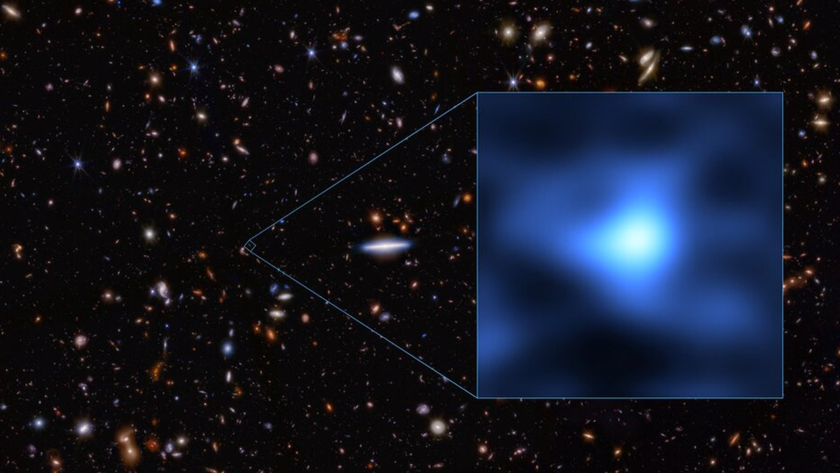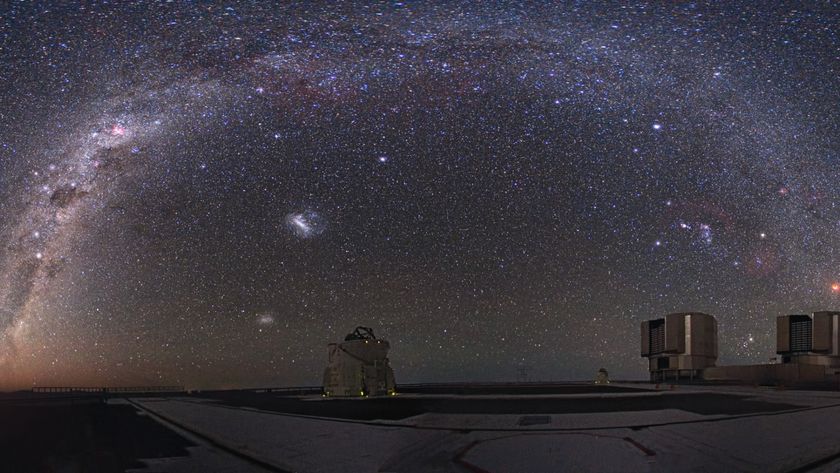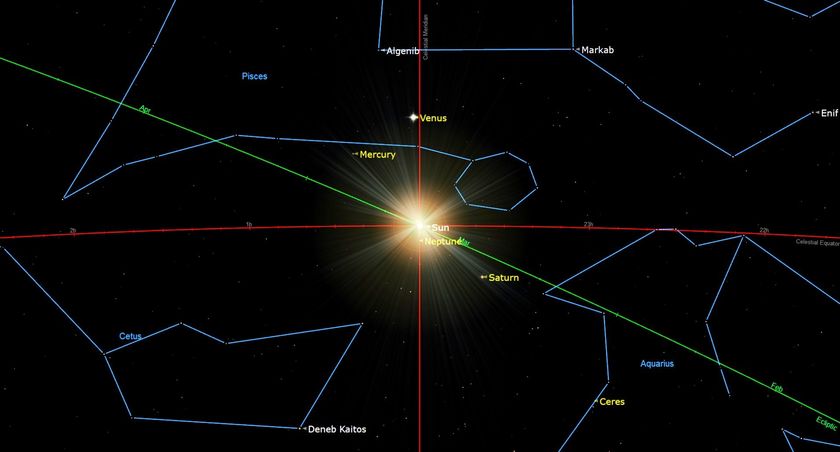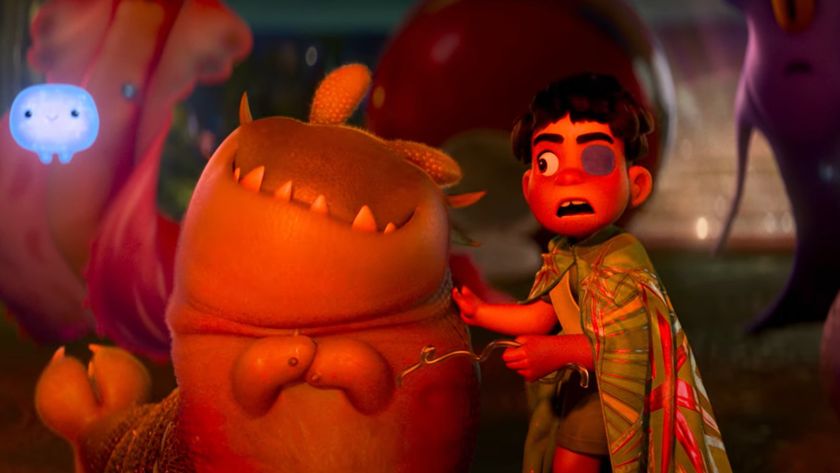NASA Holds Off on Asteroid-Capture Mission Decision Until Early 2015
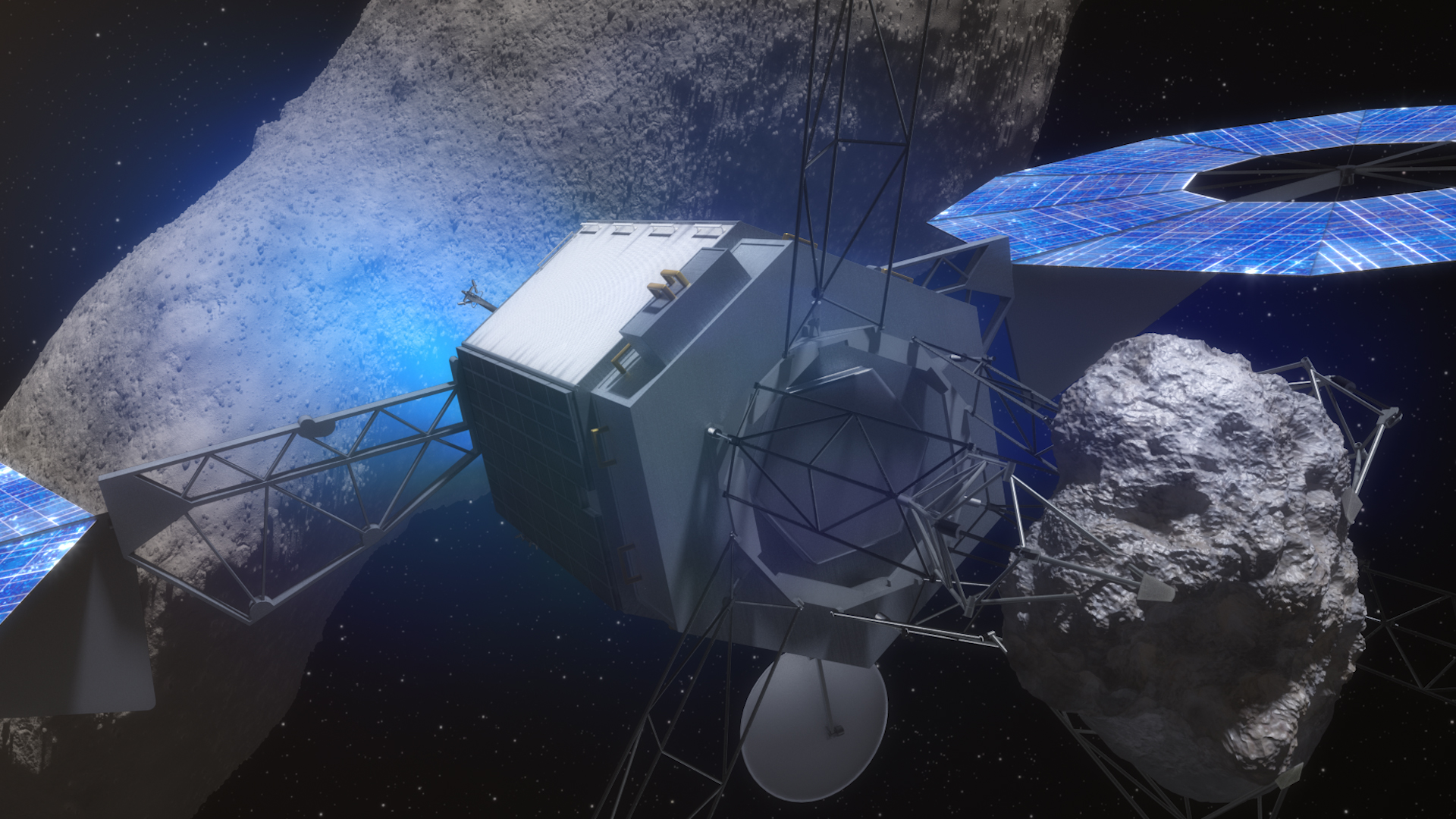
What will NASA's bold plan to capture an asteroid and bring it into orbit around the moon look like? Space fans are going to have to wait a little longer to find out.
NASA officials were expected to make a decision between two mission profiles for its so-called Asteroid Redirect Mission after a meeting Tuesday (Dec. 16); however, more work needs to be done before either of the options can be chosen. Space agency officials should decide on the final mission plan by early 2015, according to NASA Associate Administrator Robert Lightfoot.
Both missions — expected to launch no earlier than 2019 — would send a robotic craft into deep space to fetch a space rock and bring it back to Earth's neighborhood, where astronauts can then explore it in the 2020s. Space agency officials hope to use the mission as a test bed for a variety of techniques and technologies (like solar-electric propulsion) needed to get humans to and from Mars by the 2030s.
"I was so impressed with our teams and what they did," Lightfoot said during a news conference today (Dec. 17). "They're all focused on getting these technologies ready to go so that we can start this pioneering piece and get humans beyond low-Earth orbit." [NASA's Asteroid Capture Mission in Pictures]
The first mission profile, called Option A, involves sending a probe out to bag a relatively small asteroid and tow the whole thing back to orbit around the moon.
Option B is a bit more complicated. NASA would launch a small probe that would land on a big asteroid and snatch a boulder off its surface. That boulder would then be transported into lunar orbit, where astronauts would explore it.
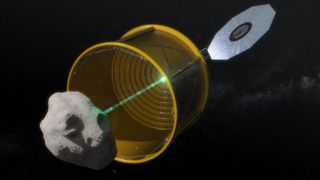
The robotic Asteroid Redirect Mission should cost less than $1.25 billion without the cost of a launch vehicle, according to Lightfoot, and the delay in a decision between the two mission profiles shouldn't change the launch date substantially. Whereas Option A is about $100 million cheaper and, in many ways, simpler, Option B would test many of the skills needed to get to Mars and other deep-space destinations, Lightfoot said.
Get the Space.com Newsletter
Breaking space news, the latest updates on rocket launches, skywatching events and more!
"The challenge we're having is, while it [Option B] is more complex, it also demonstrates a lot more of the technologies we need," Lightfoot said. "We're going to have to test these eventually. We're going to have to check them out eventually, so that's kind of an interesting trade we have to make."
At the moment, NASA officials are looking at three different asteroid targets for each mission profile. Asteroids 2009 BD, 2011 MD and 2013 EC20 are all good possible targets for Option A, while asteroids Itokawa, Bennu and 2008 EV5 could be great for Option B. Scientists are continuing to hunt for asteroid targets, so it's possible that other options will present themselves.
Follow Miriam Kramer @mirikramer. Follow us @Spacedotcom, Facebookand Google+. Original article on Space.com.
Join our Space Forums to keep talking space on the latest missions, night sky and more! And if you have a news tip, correction or comment, let us know at: community@space.com.

Miriam Kramer joined Space.com as a Staff Writer in December 2012. Since then, she has floated in weightlessness on a zero-gravity flight, felt the pull of 4-Gs in a trainer aircraft and watched rockets soar into space from Florida and Virginia. She also served as Space.com's lead space entertainment reporter, and enjoys all aspects of space news, astronomy and commercial spaceflight. Miriam has also presented space stories during live interviews with Fox News and other TV and radio outlets. She originally hails from Knoxville, Tennessee where she and her family would take trips to dark spots on the outskirts of town to watch meteor showers every year. She loves to travel and one day hopes to see the northern lights in person. Miriam is currently a space reporter with Axios, writing the Axios Space newsletter. You can follow Miriam on Twitter.

